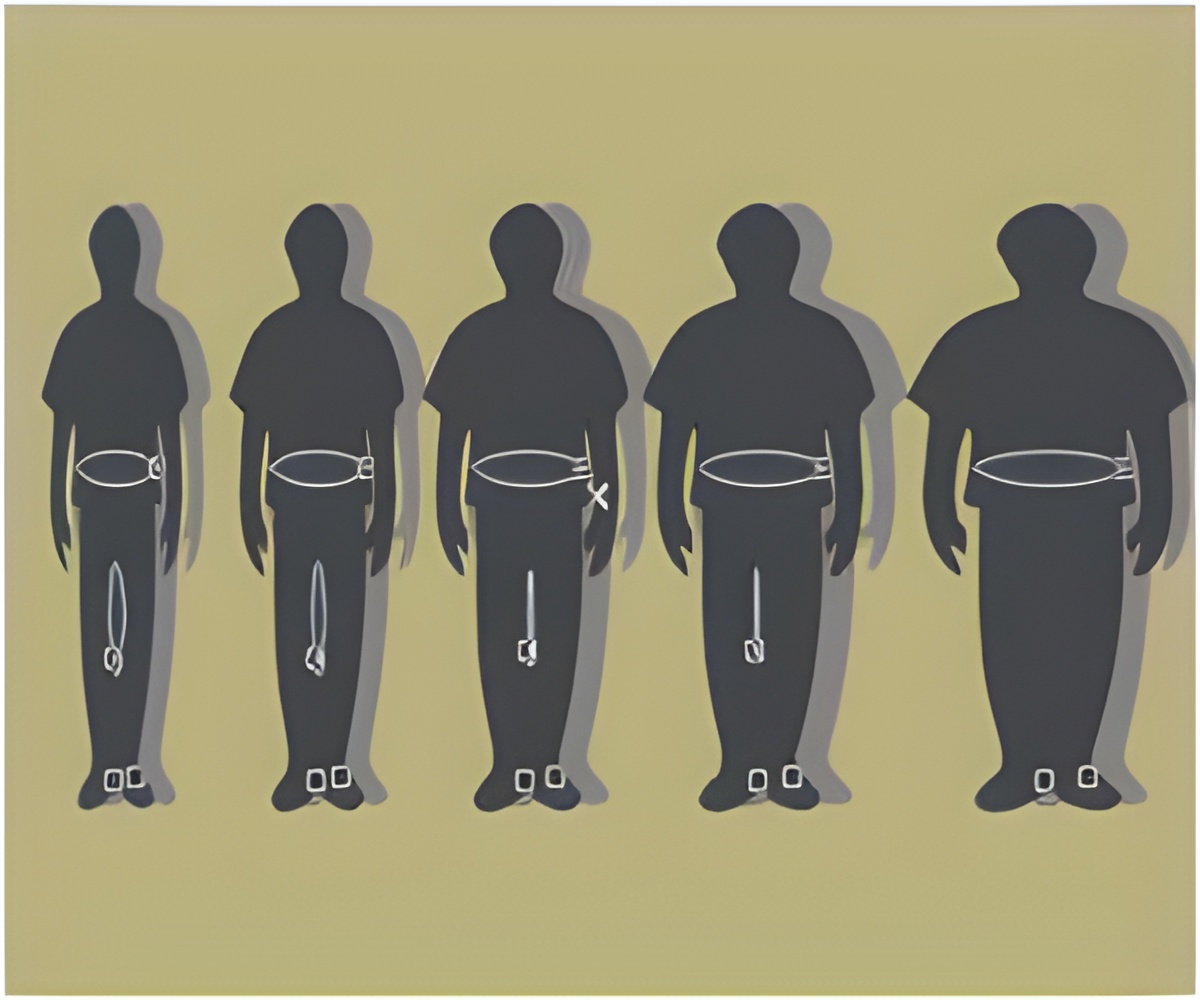
The findings, by a team of Swedish scientists, suggest that the dangers of piling on a few pounds around the tummy are even greater than first feared.
Although being overweight or obese is known to increase the likelihood of heart disease, strokes and diabetes, this is one of the first studies to show a strong link with abdominal aortic aneurysms, which kill an estimated 12,000 people a year in the UK.
Aneurysms are weak spots in the walls of the aorta, which carries oxygen-rich blood away from the heart through the abdomen to other parts of the body.
They can develop unnoticed over many years before suddenly bursting like a car tyre and causing catastrophic internal bleeding.
Some people develop back pain as the swelling puts pressure on the spine. But for many there are no symptoms at all.
Advertisement
But scientists decided to investigate the role of abdominal fat after animal studies suggested it could lead to the formation of weak spots in animals.
Advertisement
The normal diameter of the aorta is about 20 millimetres. Doctors tend to diagnose an aneurysm, using ultrasound, if one section expands to 30 mm or more.
If it remains relatively small, surgery is usually avoided as the risk of death from the operation is higher than the risk of rupture.
Most hospitals will not operate until the diameter exceeds 50mm wide.
A team of researchers at the Karolinska Institute in Stockholm, Sweden, looked at more than 63,000 men and women aged from 46 to 84 who all took part in two long-term health studies.
As part of the investigation, all the volunteers had their waistlines repeatedly measured over a ten -year period.
The researchers discovered that nearly 600 of them went on to suffer abdominal aortic aneurysms, more than 80 per cent of them in men.
The results showed that every time a person's waistline increased by five centimetres - or two inches - the chances of developing a life-threatening aneurysm rose by 15 per cent.
The findings are published in the British Journal of Surgery.
Source-ANI











